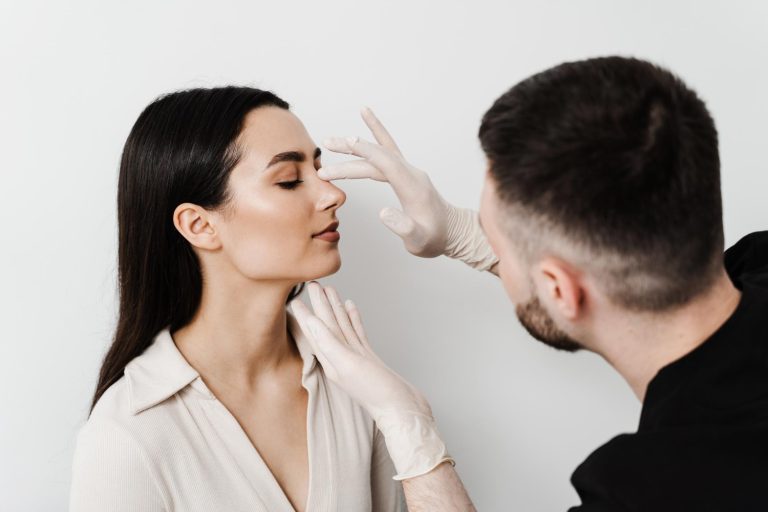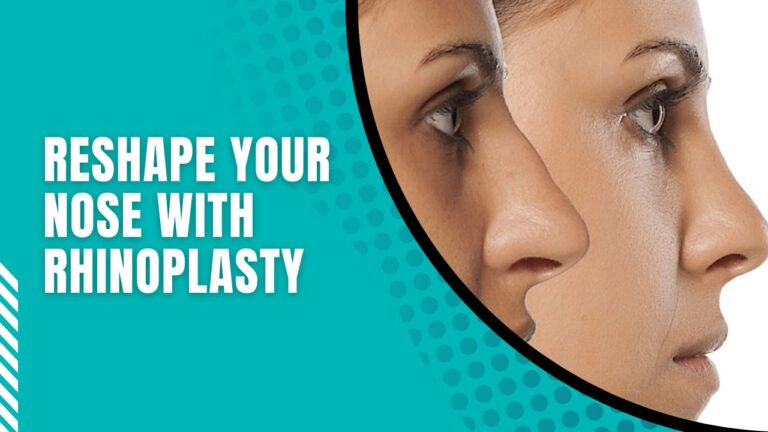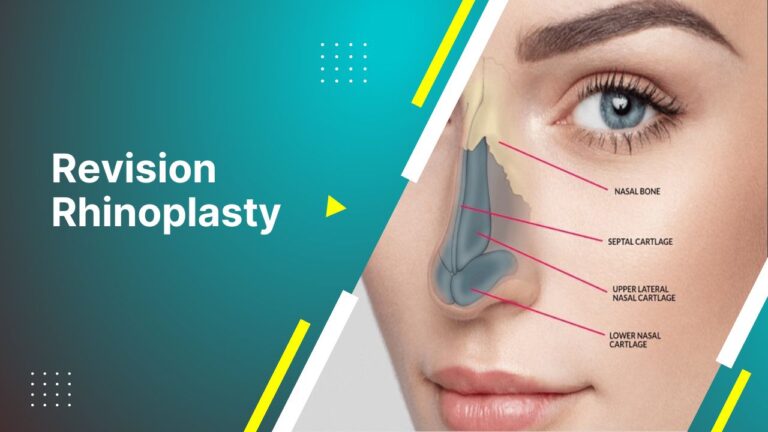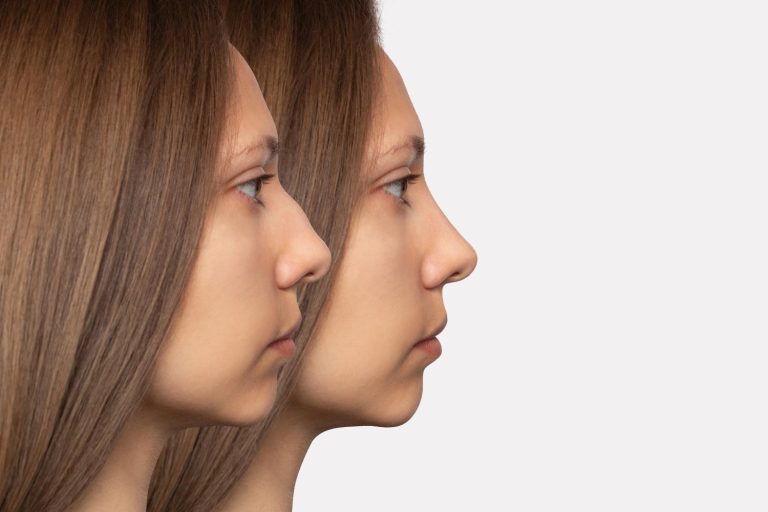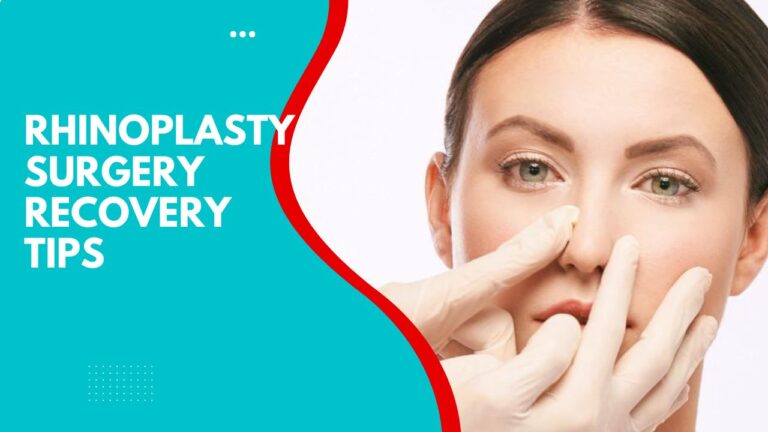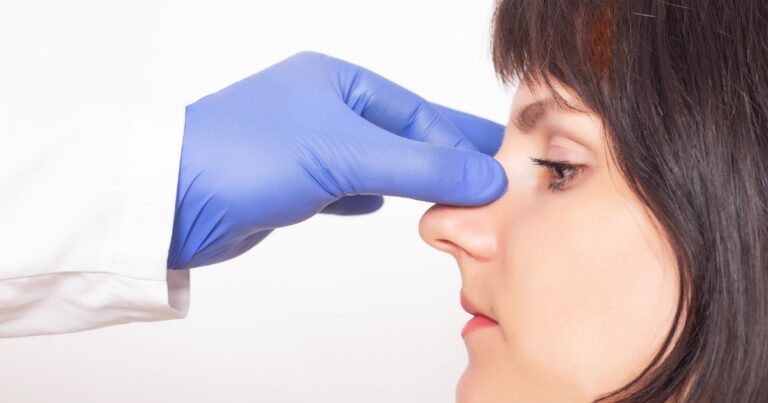Rhinoplasty is a non-surgical procedure that reshapes the nose and corrects nasal deformities. It can also help with breathing problems and improve self-esteem by changing one’s appearance.
In this article, we shall explore everything you need to know about rhinoplasty — the surgical process of reshaping or strengthening the nose. Understanding how this procedure works will help you make informed decisions if you’re consideringrhinoplasty in Dubai for yourself or someone close to you.
Rhinoplasty is considered to be “cosmetic” surgery, but it is actually more than that. It involves both the nose and the face, and the outcome is usually very positive.
What is non-surgical rhinoplasty?
Non-surgical rhinoplasty is a procedure that reduces the size of the nose by removing excess cartilage from its middle and reshaping it. This can be done in two ways: with a scalpel or with an electric saw.
Non-surgical rhinoplasty is the process of reshaping or strengthening the nose. It can be done on its own or it can be combined with other surgical procedures, like a facelift. There are many different methods of non-surgical rhinoplasty that can help your nose look better and function more efficiently, including:
Book A Consultation With Dr Tarek Bayazid
Top-rated Plastic Surgeon For Rhinoplasty in Dubai
Installment Plan Available
The goal of non-surgical rhinoplasty is to make the nose look natural and beautiful without any surgery. It can be done as an outpatient procedure in most cases, with minimal downtime.
Who is a good candidate for non-surgical rhinoplasty?
If you’re considering rhinoplasty, it’s important to know who is a good candidate for the non-surgical option. You may be asking yourself if you’re a good candidate. A good candidate for this type of treatment will have a nose that is either too small or too large. This could also apply if your nose has an unusual shape, such as one that is straight with no projection.
Non-surgical rhinoplasty is right for you if you have any of the following conditions:
Noses that are too small can often be improved through nonsurgical treatments like Botox injections and/or surgery. Noses that are large can often be helped by changing the shape of the bridge and tip of the nose, but this does not always improve breathing ability or prevent air from escaping through the nostrils.
What are the benefits of non-surgical rhinoplasty?
Non-surgical rhinoplasty is a relatively new procedure that was created to help people with reshaping of the nose, nasal congestion, breathing problems, and snoring. This type of rhinoplasty doesn’t involve surgery at all, which makes it a more viable treatment option for many patients.
While it’s true that there are some drawbacks to non-surgical rhinoplasty, they’re not severe. Here are some of the benefits of this type of rhinoplasty:
What are the risks and side effects of non-surgical rhinoplasty?
The first risk of non-surgical rhinoplasty is that it may take a few treatments before you see any improvement in your appearance, which can be discouraging and lead to a lack of patience. In some cases, the patient requires more than one type of procedure to achieve the desired result.
You should also be aware of any potential risks associated with rhinoplasty. For example, if you’re a smoker, there’s a chance that you may experience a reduction in your sense of smell after rhinoplasty due to changes in blood flow to the nose.
The second risk you could face is an injury to your nasal septum or sinus membrane during the procedure. This type of injury could cause an abscess that will require surgical drainage.
Therefore, it is important that you get Rhinoplasty done by an experienced plastic surgeon. Dr Tarek Bayazid is a member of the American Society of Plastic Surgeons (ASPS), the International Society of Aesthetic Plastic Surgery “ISAPS”, and the Emirates Plastic Surgery Society (EPSS).
He is proudly a member of the most prestigious societies worldwide such as the Melbourne Advanced Facial Anatomy Course – MAFAC from Australia by the eminent Dr Mendelson.
Book a consultation before the surgery where they will discuss whether or not rhinoplasty is the right choice for you, so make sure it fits into your lifestyle before scheduling an appointment.
Recovery and results of Non-surgical Rhinoplasty
The recovery process for rhinoplasty is typically 10-14 days. The healing time after surgery depends on the type of procedure that has been done, but it takes about a week to feel back to normal.
Recovery time also depends on the method used and whether or not patients have had previous surgery on their noses. There are many different types of rhinoplasty procedures that can be done,
Rhinoplasty can be done by a plastic surgeon, an otolaryngologist (ENT), or an oral and maxillofacial surgeon. it is important to find a surgeon who has experience in doing the type of procedure that you wan for fast recovery.
How is non-surgical rhinoplasty performed?
Non-surgical techniques can be used to reshape the nose with very little damage to the underlying structure. These methods include shrinking or expanding certain areas of the nose by using specific cosmetic surgery procedures like dermal fillers, fat injections, and laser treatment.
The non-surgical rhinoplasty procedure is performed by injecting a mixture of hyaluronic acid and deoxycholic acid into the skin where you want to reduce fat deposits. The mixture acts as a natural filler, breaking down the fat and smoothing out wrinkles in the process.
How long does non-surgical rhinoplasty take?
Non-ssurgical Rhinoplasty is often performed during a lunch break within 15 minutes. Whereas, a traditional surgical rhinoplasty procedure takes about 2 hours to complete.
It can be performed in a doctor’s office or an outpatient surgery centre. It. Patients usually go home the same day.
How long do the results of non-surgical rhinoplasty last?
The results of rhinoplasty are typically long-lasting. However, it’s important to note that the results can vary from person to person. A good rule of thumb is to expect around six months for most people following surgery.
For those who have had previous surgeries and experience complications with their nose, such as recurring infections, this period may be shorter.
What is the cost of non-surgical rhinoplasty in Dubai?
The cost of undergoing rhinoplasty is a huge factor in many people’s decision to undergo this procedure. The average cost of rhinoplasty in Dubai, including the cost of anaesthesia and surgeon’s fees, is around AED 15,000.
If you’re considering rhinoplasty as a non-surgical option, you might be interested to learn that most patients have found success with this method for around AED 2500. If you decide to go with this cheaper alternative, however, it may not yield the same results as surgery.
Where can I find a qualified provider of non-surgical rhinoplasty?
First things first, you’ll want to find the right provider of rhinoplasty. There are a variety of clinics around the world that provide this service and they vary greatly in quality.
In order to find the best option possible, you’ll want to do some research on your own and talk with people who have had facial surgery before.
Are there any before-and-after photos of non-surgical rhinoplasty?
One thing that happens after rhinoplasty is that your nasal passages will be red and swollen for up to two weeks following surgery.
When you’re considering rhinoplasty, it’s important to know what your nose will look like after surgery. Before-and-after photos are a great way to get an idea of what your nose will probably look like after the procedure. Many surgeons offer before-and-after photos as part of their website or in brochures for prospective patients.
Preparing for treatment
The first step in preparing for treatment is a physical exam. Your doctor will ask about your medical history, including any allergies or reactions to medications you may have had. He’ll also want to know about any medications you’re currently taking, as well as your allergies to animals.
The doctor will also want to know if you or anyone in your family has experienced breathing disorders such as asthma or sleep apnea. He’ll also want to know if you have had any recent illnesses or injuries that may affect your treatment, such as a cold or sinus infection.
The doctor will then examine your nose and sinuses to determine whether your anatomy is suitable for surgery. He’ll also check for skin conditions, such as eczema or psoriasis, which could affect the results of treatment.

![[Non-Surgical] Rhinoplasty: Everything You Need To Know 1 Dr. Tarek Aesthetics | Best Plastic Surgeon In Dubai Rhinoplasty Dubai](https://www.drtarekaesthetics.com/wp-content/uploads/2022/06/Nonsurgical-rhinoplasty.jpg)
![[Non-Surgical] Rhinoplasty: Everything You Need To Know 2 Dr. Tarek Aesthetics | Best Plastic Surgeon In Dubai [Non-Surgical] Rhinoplasty: Everything You Need To Know](https://www.drtarekaesthetics.com/wp-content/uploads/2024/08/tubby-1.png)
![[Non-Surgical] Rhinoplasty: Everything You Need To Know 3 Dr. Tarek Aesthetics | Best Plastic Surgeon In Dubai Tamara](https://www.drtarekaesthetics.com/wp-content/uploads/2024/08/tamara-1.png)
